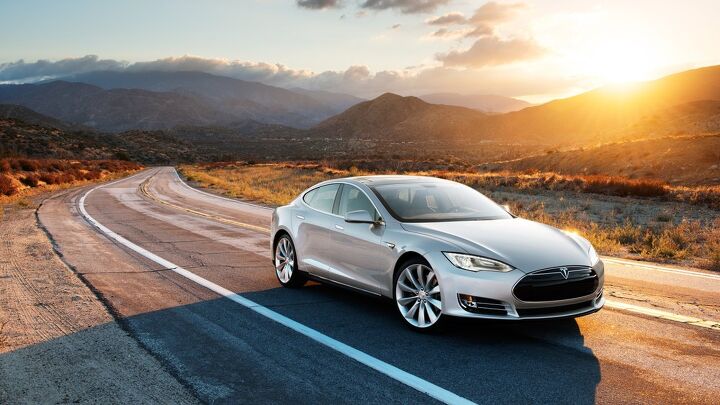Debunking EV Range Anxiety: Do EVs Meet Daily Driving Needs?
One of the prevalent myths surrounding electric vehicles (EVs) is that they lack the necessary range to meet daily travel needs. However, evidence suggests that the range of electric vehicles aligns well with the daily mileage requirements of most U.S. households. On average, a household in the United States travels approximately 50 miles per day. Interestingly, about 85 percent of households travel less than 100 miles on a typical day, a distance well within the capabilities of current EV models. The majority of these vehicles can travel over 200 miles on a fully charged battery, ensuring that nearly all new models can cover more than 100 miles without needing a recharge. Additionally, automakers are continually working to introduce new models with even longer ranges, promising further improvements to meet consumer needs.
Tools for Range Estimation
For those considering an electric vehicle, the "Find A Car" feature on the website www.fueleconomy.gov provides valuable insights. By selecting a vehicle of interest, users can view the "EPA Fuel Economy" information, which includes range estimates specific to each EV model. This tool can be particularly useful for individuals looking to understand the performance of various EVs in terms of distance coverage.
Impact of Driving Conditions on Range
It's important to note that an electric vehicle's range can be influenced by how it is driven and the conditions under which it operates. Factors such as weather conditions, including both hot and cold temperatures, can affect the vehicle's efficiency. Research indicates that in cold temperatures, particularly when heating is used, an EV's range could decrease by an average of 40 percent. This underscores the importance of considering environmental factors and driving habits when evaluating an EV's range capabilities.
This article was co-written using AI and was then heavily edited and optimized by our editorial team.
More by TTAC Staff
Latest Car Reviews
Read moreLatest Product Reviews
Read moreRecent Comments
- MKizzy Even if the bulk of Malibu sales were to fleets, they were still a valuable source of modern affordable used vehicles for their second and third owners. With the most affordable GM and Ford vehicles powered by 3cyl turbos, used examples are more likely to be problematic. With the Escape also being dead if reports are true, the question is what comparable GM or Ford vehicles will fleet customers gravitate to post-Malibu? Will rental car agencies have to rethink their vehicle size categories as they're stuck purchasing lookalike compact CUVs.
- AZFelix Sedans will continue to be replaced by CUVs and SUVs. The now omnipresent and bloated two-box shape will be considered 'normal' for passenger vehicles for current and future generations. The utility of the extra cargo volume of a CUV when compared to a three-box design may at times be questionable but they have some advantage. The embracing of the ease of entry and egress in CUV/SUVs by the elderly will likely morph into a disdain for the design by more youthful generations of buyers. What teenager wants to be caught driving a 'grandma' car? I suspect that this impression will lead to resurgence of trim and (comparatively) low slung sports wagons and hatchbacks in the near future. I look forward to their return.
- MKizzy Sedans in general may make a comeback but only as BEVs and only if customers prioritize driving range over cargo flexibility. I think the moribund 2 and 3 door coupe and hatchback body styles also have a chance for a revival, even if they're in some oddly raised form, driven by falling birth rates and Gen Z/Alpha rejection of the CUVs they were ferried in as kids. Until then, the best case scenario for the ICE sedan market is it stabilizing as a few healthy-selling models much as the minivan market had done. Else, sedans will follow station wagons to become a boutique product sold only by a few luxury nameplates to affluent empty nesters or high earning households seeking second vehicles.
- MRF 95 T-Bird Platfor Ms, be they for EVs or ICEs being flexible enough for different types of vehicles it’s not difficult for manufacturers to build sedans, as well coupes, convertibles and wagons as part of their product line.
- Tassos There isn’t enough ivory and wood in this generation. EVERYONE KNOW STATUS WAS DETERMINED BY HOW MUCH WOOD THE INTERIOR OF CADILLAC HAS.


































Comments
Join the conversation